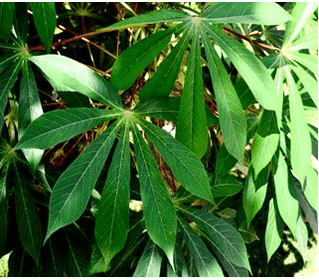A REVIEW: EFFECT OF TEMPERATURE TO ANTIOXIDANT ACTIVITY AND HCN LEVEL IN CASSAVA (MANIHOT ESCULENTA CRANTZ) LEAVES
Keywords:
Antioxidant, Cassava leaves (Manihot esculenta Crantz), HCN level, heating ovenAbstract
Cassava Leaves (Manihot esculenta Crantz) is one of the food resources that many people consume as vegetables in some regions. People believe that it has natural antioxidant compounds such as phenolic and flavonoids. Also, it contains HCN elements known as toxic compounds. However, HCN levels can be reduced by dry heating and boiling. Phenolic and flavonoids are not resistant to heating and are easily oxidized. This article aim to assess the effect of temperature to antioxidant activity and the decrease of HCN level of cassava leaves. The pretreatment heating by oven (dry heating) and cooking (boiling heating) greatly affects to the antioxidant activity and the reduction of cyanide acid (HCN) level in cassava leaves. This article may be useful for any one or any researcher to determine pretreatment heating temperature and heating method to process prepare cassava leaves.

Peer Review History:
Received 6 October 2020; Revised 13 November; Accepted 24 December; Available online 15 January 2021
Academic Editor: Dr. Nuray Arı , Ankara University, Turkiye, ari@ankara.edu.tr
, Ankara University, Turkiye, ari@ankara.edu.tr
Reviewer(s) detail:
Ahmad Najib , Universitas Muslim Indonesia, Makassar, Indonesia, ahmad.najib@umi.ac.id
, Universitas Muslim Indonesia, Makassar, Indonesia, ahmad.najib@umi.ac.id
Dr. Marwa A. A. Fayed , University of Sadat City, Egypt, maafayed@gmail.com
, University of Sadat City, Egypt, maafayed@gmail.com
Prof. Dr. Ali Gamal Ahmed Al-kaf , Sana'a university, Yemen, alialkaf21@gmail.com
, Sana'a university, Yemen, alialkaf21@gmail.com
Downloads

Published
How to Cite
Issue
Section

This work is licensed under a Creative Commons Attribution-NonCommercial 4.0 International License.









 .
.